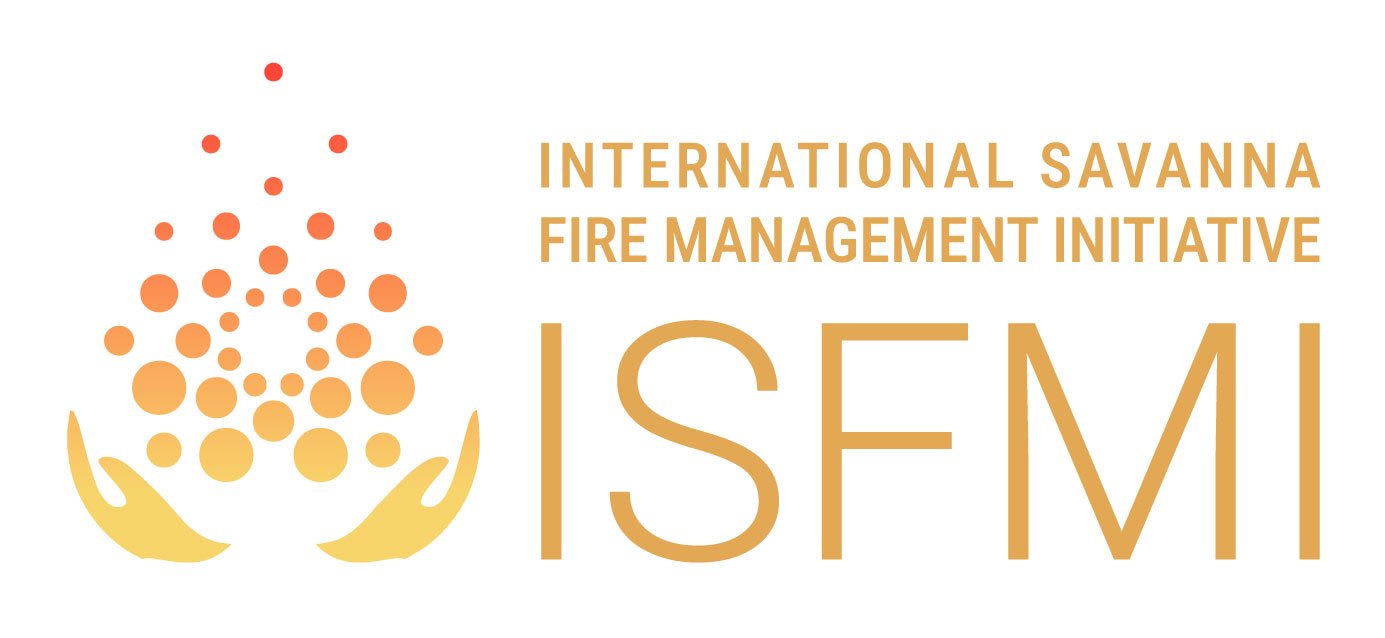Measuring Fire Intensity through Remote Sensing in the Savanna Landscapes of West Africa
In this 2021 peer reviewed article a research team from the University of Munich undertook research on fire intensity and spread using remote sensing data in the savanna of West Africa.
Abstract: Fire behavior is well described by a fire’s direction, rate of spread, and its energy release rate. Fire intensity as defined by Byram (1959) is the most commonly used term describing fire behavior in the wildfire community. It is, however, difficult to observe from space. Here, we assess fire spread and fire radiative power using infrared sensors with different spatial, spectral and temporal resolutions. The sensors used offer either high spatial resolution (Sentinel-2) for fire detection, but a low temporal resolution, moderate spatial resolution and daily observations (VIIRS), and high temporal resolution with low spatial resolution and fire radiative power retrievals (Meteosat SEVIRI). We extracted fire fronts from Sentinel-2 (using the shortwave infrared bands) and use the available fire products for S-NPP VIIRS and Meteosat SEVIRI. Rate of spread was analyzed by measuring the displacement of fire fronts between the mid-morning Sentinel-2 overpasses and the early afternoon VIIRS overpasses. We retrieved FRP from 15-min Meteosat SEVIRI observations and estimated total fire radiative energy release over the observed fire fronts. This was then converted to total fuel consumption, and, by making use of Sentinel-2-derived burned area, to fuel consumption per unit area. Using rate of spread and fuel consumption per unit area, Byram’s fire intensity could be derived. We tested this approach on a small number of fires in a frequently burning West African savanna landscape. Comparison to field experiments in the area showed similar numbers between field observations and remote-sensing-derived estimates. To the authors’ knowledge, this is the first direct estimate of Byram’s fire intensity from spaceborne remote sensing data. Shortcomings of the presented approach, foundations of an error budget, and potential further development, also considering upcoming sensor systems, are discussed.
Access the full text article here. For more information on the fireman.net project with which the team is associated, read a 2019 white paper here and a general presentation here.
